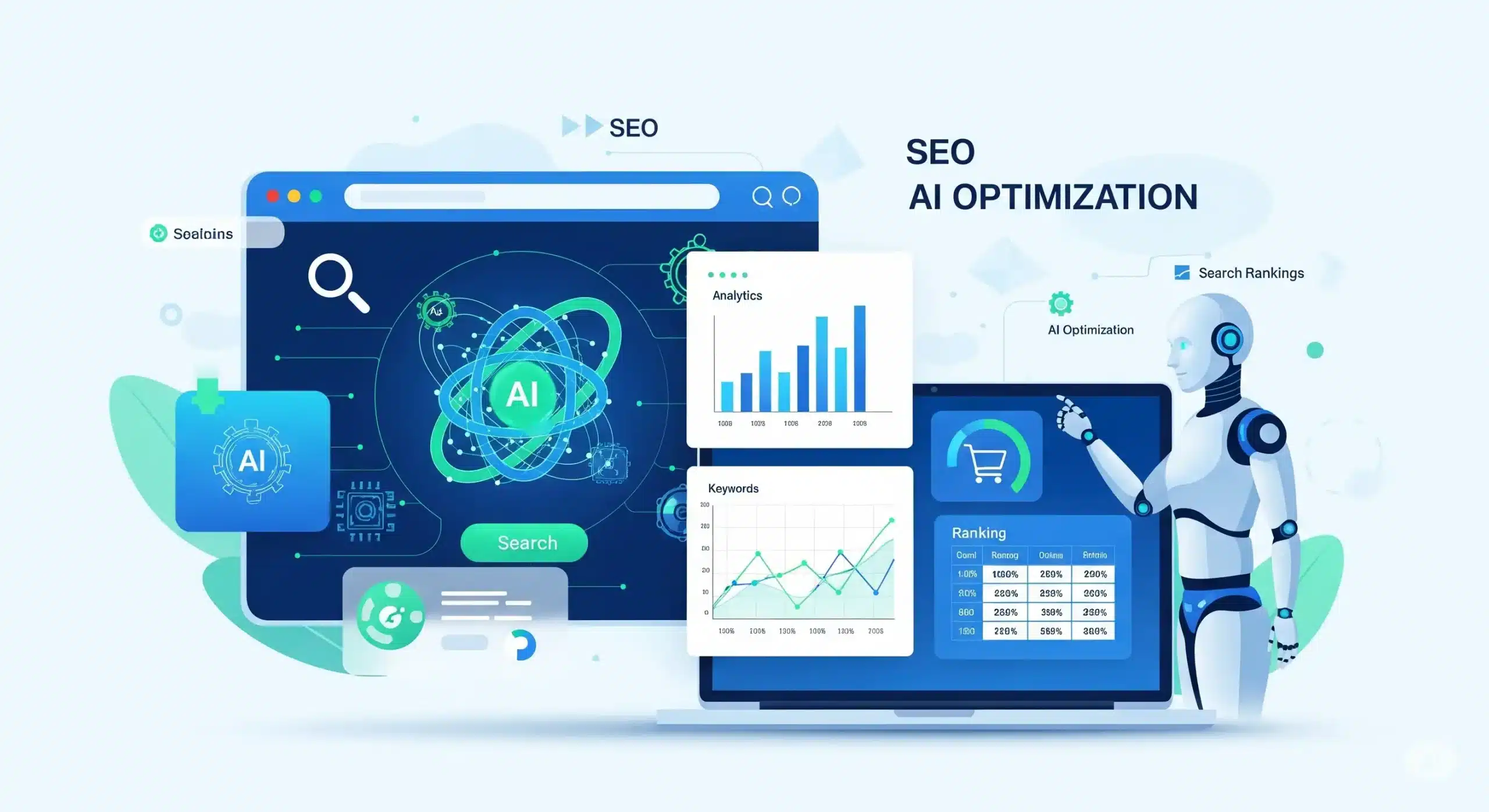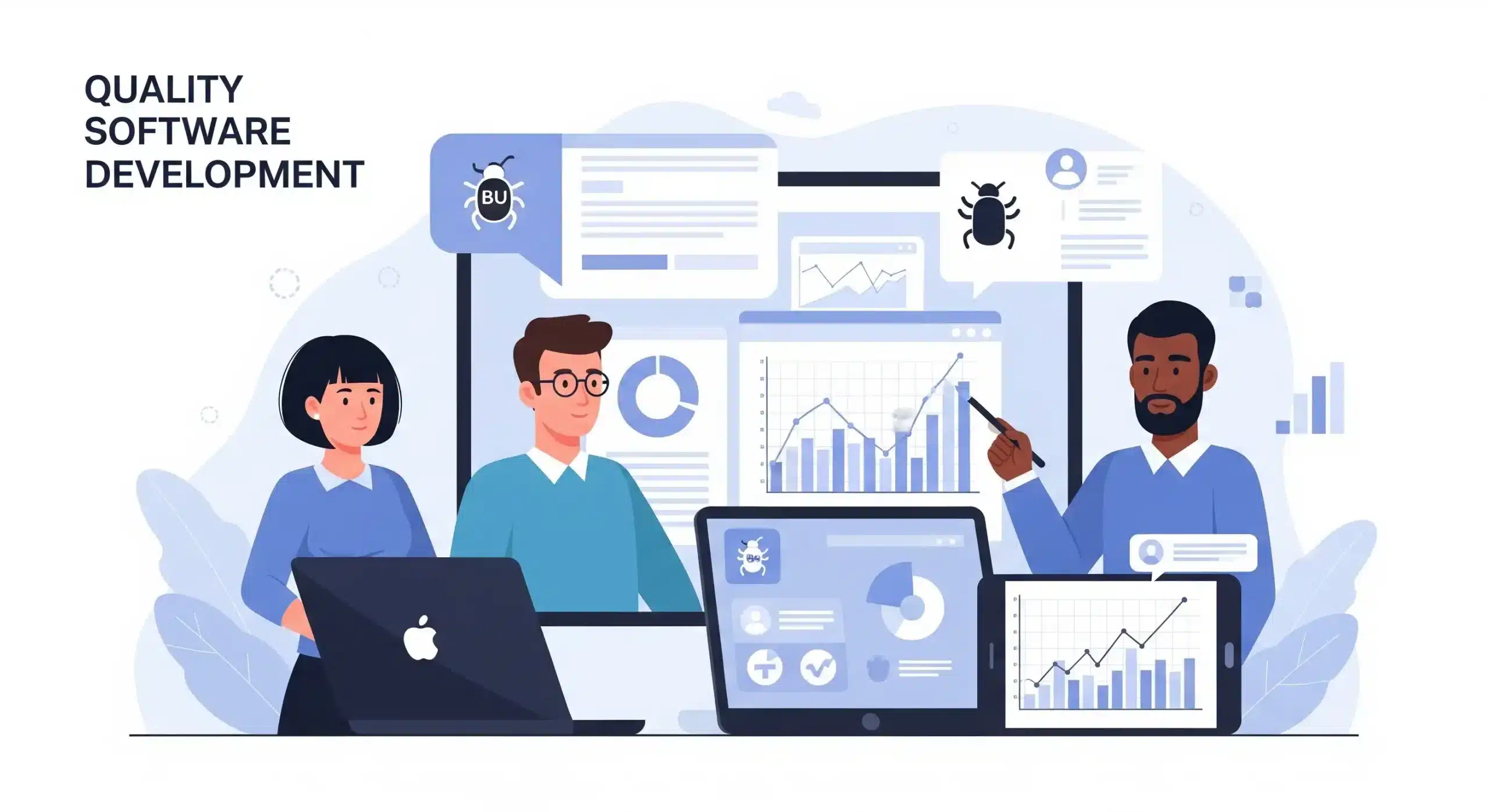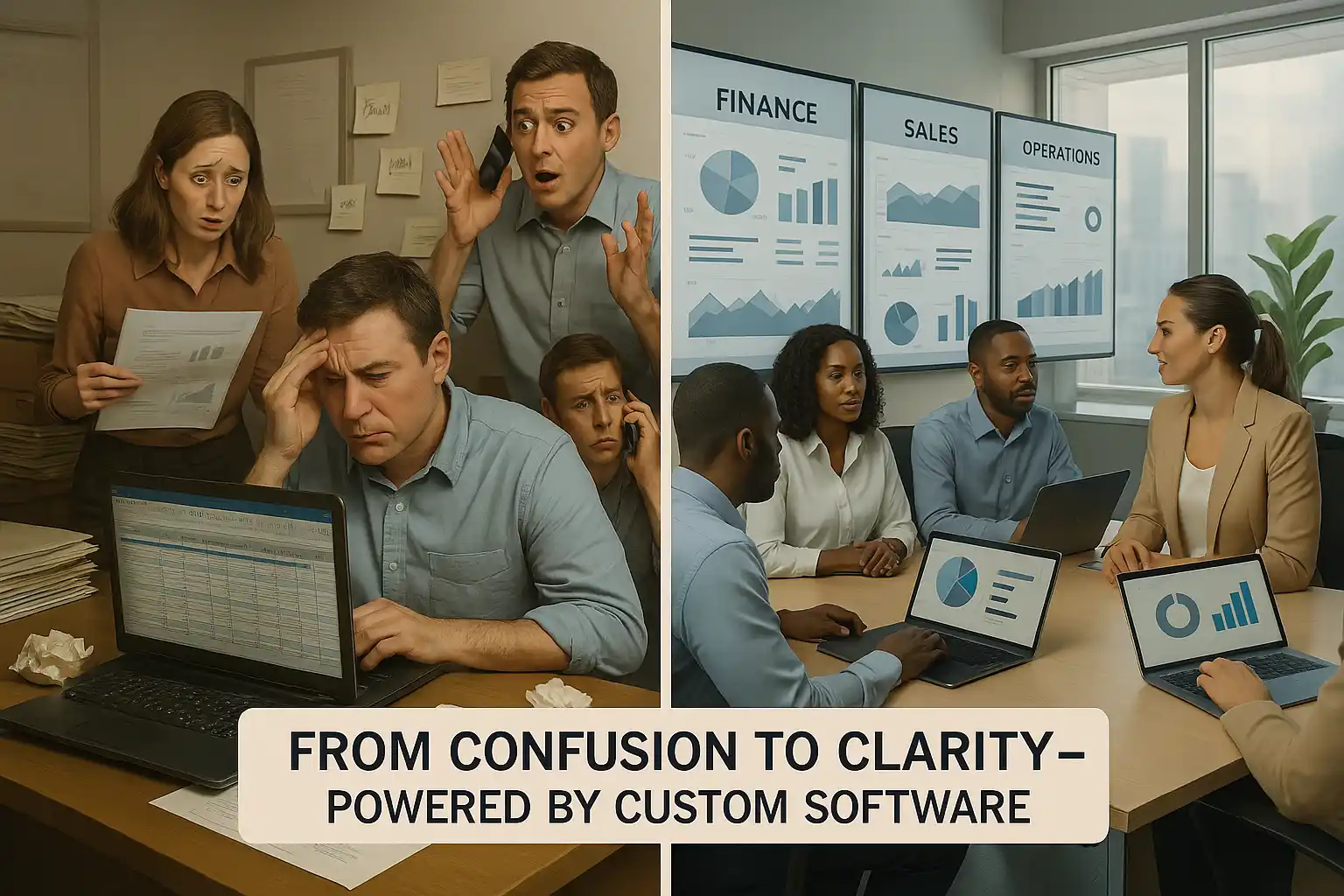Build vs Buy Model – How Efficient is Building A Bespoke Software?

When approaching new business concerns such as cost optimization or task automation, companies are often faced with the decision to buy vs build bespoke software. To find the exact way to efficiency, there are several financial and strategic factors to consider when deciding on whether to buy or build software products.
The purpose of this blog is to provide a rational set of objective criteria to assess whether you should buy or build custom software for small businesses. Let’s read further!
Buy vs Build Software – Which One is the Best Option?
Building software products does not necessarily mean that you are creating something from scratch. It means that you are combining custom code, open source libraries, and individual expertise to craft a customized solution for your use case. This bespoke software solution is something that you will design, build, run, maintain, and scale entirely on your own.
On the other hand, buying software is like purchasing an end-to-end solution for your use case. It more accurately represents the purchase of a particular service that fits your immediate needs. Typically, the viability of that service will be guaranteed by the seller and you will not need to design and build the product yourself.
However, purchasing software depends on the type of services you may choose to run and scale. Prices could be different for different service types.
How Does the Developer Mind Work?
Let’s try to look at this buy vs build model from a developer’s perspective and try to assess which one would be a more feasible option for you!
Before we continue, let’s reset your current frame of mind.
To start with, let’s consider what goes through a developer’s mind. Well, any developer has a strong ego, and that may be due to an empowering attribute. This gives them the needed confidence to power through complex hurdles during programming, focus for days and weeks at a time, and cultivate entirely new industries.
However, there’s a very thin line between reasonable and unreasonable confidence.
Sometimes, the initial ego-driven reaction distances them from the key objective of their general programming practice.
When guessing whether building custom software for small businesses is the right choice or buying it would be, you need to approach the solutions as flexible and objective-driven as possible.
No one really cares to look behind the whole picture and consider the fact whether you have built this product from scratch or just purchased it from some other seller and implemented it into your system. What people do really care about is that the product should work great and deliver exceptional value to the customers.
Let’s now have a look at the Build and Buy Decision Making Model.
Buying vs Building Software Products | The Decision-Making Model
Step 1 – Identify your product’s functional scope
Say, you want to build bespoke software for an eCommerce platform that allows users to upvote and downvote products. So, what would be the functional and architectural features you’d like to consider putting in the product?
| Functional Features | Architectural Features |
| Marketplace service | Databases |
| Voting service | Servers |
| Product display service | Load Balancers |
| Inventory management service | Dev Environment/Version Control |
| Transaction service | Continuous Integration/Delivery Pipeline |
| Buyer, seller, and admin account management service | REST/Realtime APIs |
| Search, filter, and refine service | Frontend Framework |
There is a clear distinction between core product features and process architecture. Some features will be unique to your product and some features will be seen in almost every other modern application system. Your job is to identify which features you’d like to have on the platform.
Step 2 – Define the scope of work
If you have decided which features you’d need in your application, it’s time to define the scope of work to build each feature.
To do so, consider the below points and decide accordingly –
- Decide if you need the feature now or if you can wait.
- Prioritize the detailed functionality that will be used for each feature.
- Analyze how many developers would be required to build or maintain these features.
- And what would be the infrastructure cost to run this software?
Step 3 – The Best Solution
No, we haven’t reached the decision yet whether to buy or build software, we are only aggregating an inventory of choices here.
- So, let’s scour the interwebs and assess the solution ecosystem.
- Check whether some other teams have also built this successfully.
- Create a buy vs build the software comparison matrix.
- Note the monthly and long-term maintenance and infrastructure costs.
- Analyze the total upfront and ongoing time needed for each build or buy solution.
To be on a safer side, you can choose a primary and secondary solution option for each feature to put in custom software for small businesses. This way, you can have a backup plan in case the first one doesn’t work well.
Always keep in mind that the solution you select on day 1 of your product will likely not fit your product on day 500. This happens but that doesn’t mean you can’t anticipate any future scaling issues. To avoid such hassles, set both quantitative and qualitative benchmarks for triggering a build vs buy model.
Final Thoughts – Try It Your Way
Well, this looks like a lot of work to decide whether to build software or purchase it from some vendor. Either way, you must always remember that building a successful product is very hard. Let your decision be solution-driven. If you need further assistance, our team can guide you through your project. Let’s connect to discuss this!









